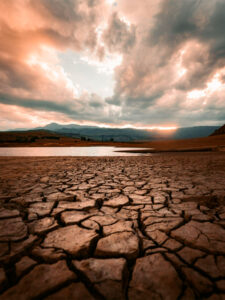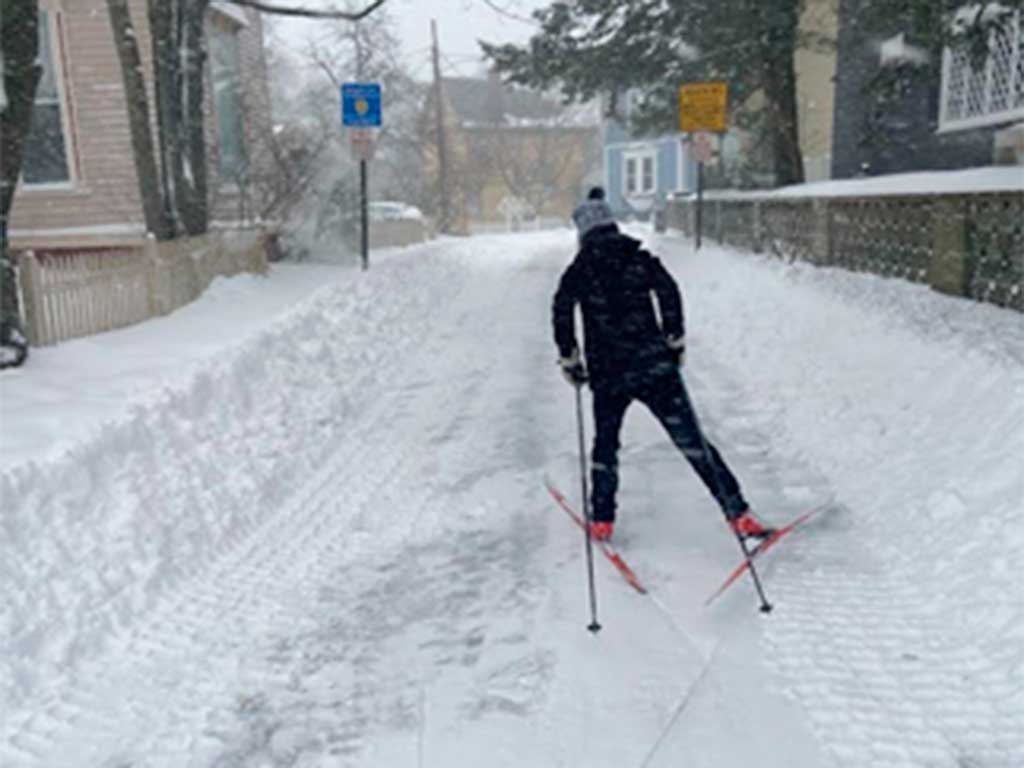
Quenching an Inevitable Thirst
By Jennifer Ruggiero
Snowplows hunt for snow as people bustle around in t-shirts. Some rejoice at the mild temperatures, and most are thankful for lower heating bills. But we will pay a delayed cost as summer looms. It goes by the name drought.

It’s easy to think water is plentiful. Every day we admire the vast stretch of ocean, play in Sebago Lake, and paddleboard on the Presumpscot. This illusion deepens as water districts provide seemingly endless supplies of water with a turn of the faucet. As wishes for better weather abound, it’s easy to forget reservoirs are recharged by the very weather held in such contempt: rain and snow.
“The potential for reemerging drought next year will heavily depend on whether more precipitation falls as rain or snow over the coming winter. More rain would require water managers to release during the winter season, while snow would stay in the mountains as natural storage with a slower release.”
https://www.maine.gov/mema/hazards/drought-task-force
Lack of water causes systemic stress. So, what can we do to reduce the strain during droughts and for the long-term?
Reduce.
Reduce use where possible. Don’t run water unnecessarily. Check out tips from Portland Water District (PWD): https://www.pwd.org/faqs/how-do-i-conserve-water.
Redistribute.
Know the best times to use water and make sure every drop counts by finding uses for leftover water, e.g., water bottles, dehumidifiers. Get drought alerts from NOAA: https://www.drought.gov/states/Maine.
Reclaim.
Capture clean water where possible from faucets heating up or cooling down and use it to wash dishes, water plants, etc.
An example.
Portland is supplied by Sebago Lake. Approximately 200,000 people collectively use 10 inches of its water per year. Let’s say it never recharged. It would take roughly 121 years to exhaust completely just from household use.
In 2022, by adjusting habits and reclaiming clean water, I saved 840 gallons. This might seem small, but what if all PWD customers did the same? That’s 168,000,000 gallons saved! By the end of 121 years, it adds another approximately 2.4 years of water usage. Not insignificant!
Prioritizing conservation when things are abundant is hard. Though, just like saving money for a rainy day, we need to save water for when snowy and rainy days become few and far between. Understanding how our behaviors impact shared resources and proactively managing our actions ensure sustainable use and a future. What action will you take to save water?
Bright Ideas is by Portland Climate Action Team which meets the Third Tuesday of the month, 6-7:30 p.m. All are welcome to join in. FMI: portlandclimateaction@gmail.com.





